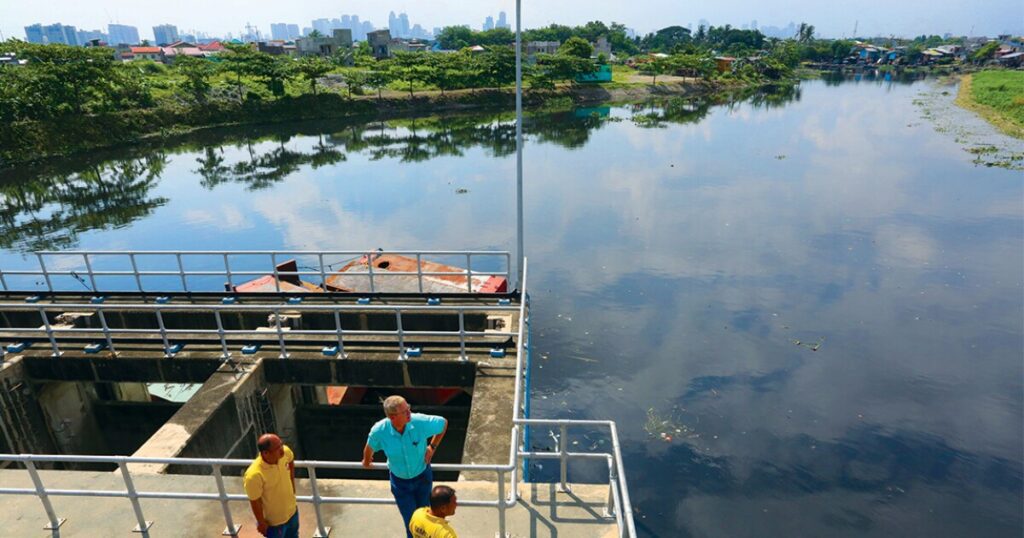The World Bank aims to place 250 projects on a blockchain-based tool to make funds more traceable and help client countries improve public finance transparency, the World Bank Group’s chief financial officer said. Global markets.
Called FundsChain, the new tracking tool has been successfully tested in 13 projects in 10 countries. It will now be extended by the end of the Bank’s current financial year in June 2026. This will make the Bank the first multilateral development lender to use a blockchain system to track funds.
“The beauty of this is that once you upload your documents and you put your records there, everyone can see them. It’s completely transparent, it’s immutable,” said Anshula Kant. Global markets.
“We are increasing our numbers – 250 in terms of numbers and 70% of our project funding,” she said. “It’s not that we don’t want to cover the remaining projects. The remaining projects are different types of lending instruments that don’t lend themselves to this type of documentation.”
Early adopters include the Philippines, where it was used in the $500 million Metro Manila Flood Management Project to improve infrastructure and reduce flood risks.
In Bangladesh, it supports the International Development Association’s $600 million Resilience, Entrepreneurship and Livelihoods Project, intended to benefit 115,000 people in 3,200 villages.
The Bank wants every actor involved in a development project – partners, borrowers, auditors and beneficiary countries – to be able to monitor how funds are used.
Traditional practices mean borrowers often use manual tracking methods and paper records of payments, leading to inefficiencies for countries and the World Bank. It’s important to keep track of records to allow auditors to verify where the money went and how it was used, without having to search for documents in multiple places.
Using cryptographic techniques, distributed ledger technology and internet infrastructure, the FundsChain platform modernizes this process with automated records management and provides a tamper-proof, mobile-accessible monitoring system.
In theory, once information is saved, it cannot be modified. For example, when a contractor uploads an invoice to the platform and government agencies delay payment, it becomes visible to all stakeholders.




